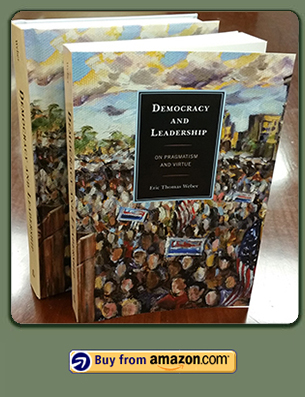While I have been writing A Culture of Justice, so many examples have come up to illustrate what I’m concerned about. The latest is from Charlie Brown. At the same time, it’s true that culture is a funny thing to think about when it comes to justice.
When I first read Plato’s Republic, I found it so strange that Plato addresses oddly specific decisions about which kind of music and arts should be allowed in just city. It is one thing to be concerned about music that promotes violence or that demeans women, but what does the mode of the music have to do with justice? By modes, I’m referring to the dorian, the phrygian, or the mixolydian modes. Plato believed that it mattered profoundly which modes of music were taught to young people. Here’s a YouTube lesson on the modes of music – probably longer than you need, but you can stop whenever or jump ahead:
Plato presented a highly authoritarian version of Socrates in the Republic, so much so that Karl Popper accused him of betraying his great teacher. Popper saw the real Socrates as an advocate for freedom and the open society. The early dialogues do seem to present a different Socrates from the late dialogues. Plato loved his great teacher, yet the Athenians killed unjustly. It is not surprising that he would be skeptical about the will of the people to lead wisely.
While I disagree with the extent of Plato’s heavy handedness, I think he was right to attend to culture’s relationship to justice. Today, we defend the freedom of expression to amazing lengths, protecting even hateful speech. The modes of music seem strange to think of limiting, sure, but it was once prohibited to show Elvis Presley’s shaking hips on television.

Some efforts to address “political incorrectness” have offered cause for concern. The University of New Hampshire created a Guide for Unbiased Language, for example, which found the word “American” problematic, among many others. The university took down the guide, but not before the Washington Post released a piece on the subject.
While I appreciate calls for people not to be too swift or harsh in judging uses of language, they are extensions of sensible thinking. For example, when young people throw around the word “retarded” as a substitute for anything they think is bad or worthless, it hurts people with cognitive or other disabilities, as well as their family members like me. Some people may roll their eyes when a woman doesn’t appreciate being called “sweetheart,” yet when she is called “tootse,” most people balk. These things are matters of degree, and examples will vary.
![Offensive children's book, "Ten Little [N-word] Boys"](https://etweber.wp2.olemiss.edu/wp-content/uploads/sites/30/2015/12/TLNB-Cover.jpg)
For generations, young people have been conditioned from infancy to devalue others. You can see, therefore, why a school teacher and then African American readers wrote to Charles Schulz, urging him to introduce a “negro character” into his Peanuts comic strip. The latest story on the matter includes this short one on NPR. The more interesting stuff can be found in the actual letters that the story refers to, in which readers and Schulz went back and forth about how to incorporate a new character respectfully, without patronizing African Americans. Mashable.com put together a set of letters, sample comic strips that Schulz released, some story about the resistance he faced from disappointing editors, and a video of school teacher Harriet Glickman who first wrote to Schulz – find that stuff here.

I haven’t seen the film yet. Nevertheless, I think it is important that we consider the messages we present our kids and the kinds of cultural force that we need to push back against, from hundreds of years of conditioning young people to devalue some folks and to see others as deserving of privilege. Such designs on our culture begin as early as the cartoons we show our kids.
Follow me on Twitter @EricTWeber and on Facebook.com/EricThomasWeberAuthor.



 About Me
About Me